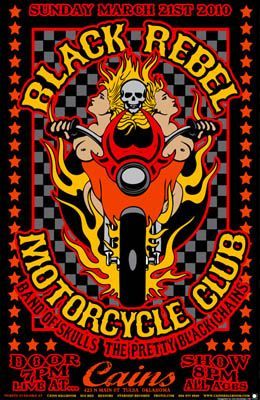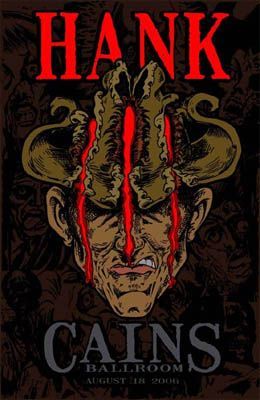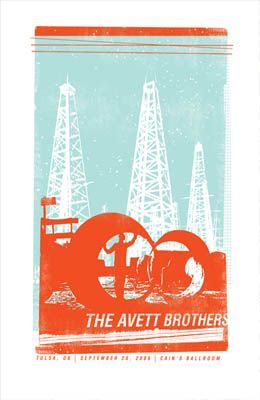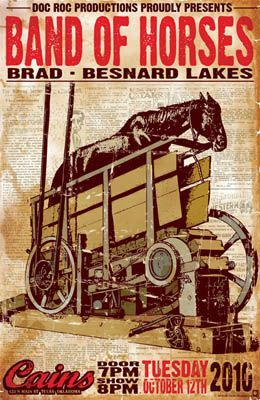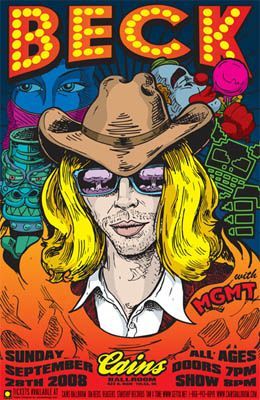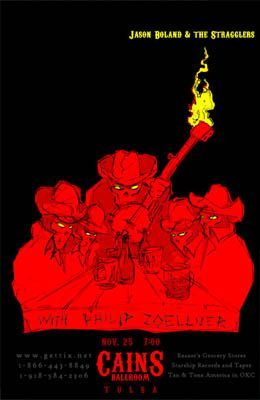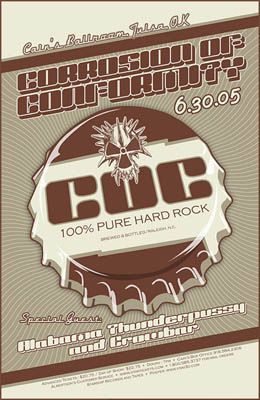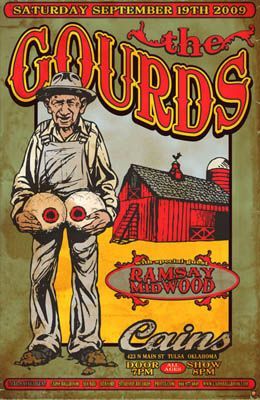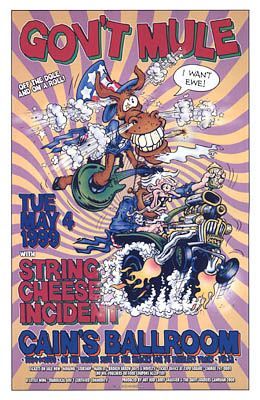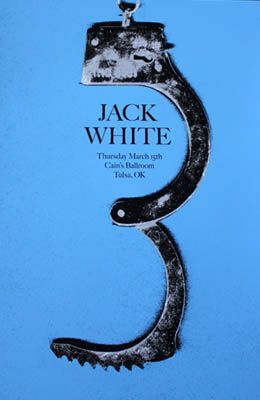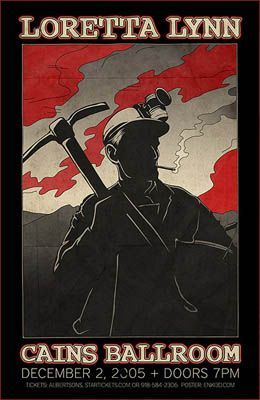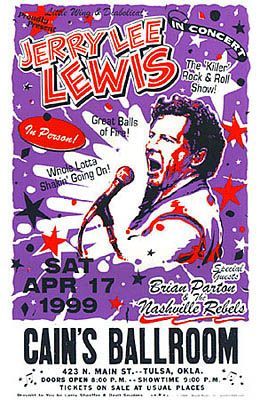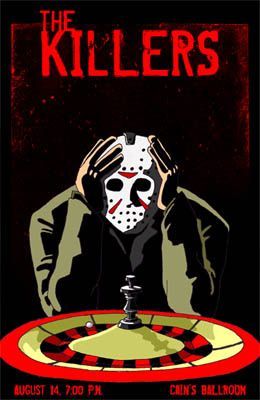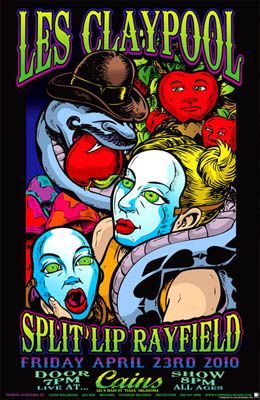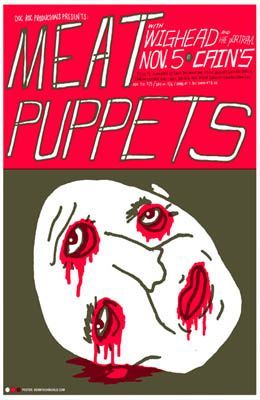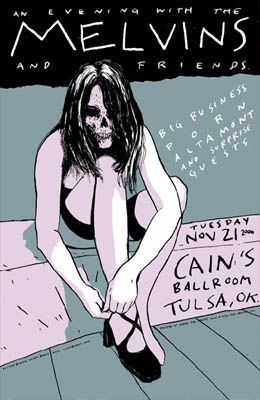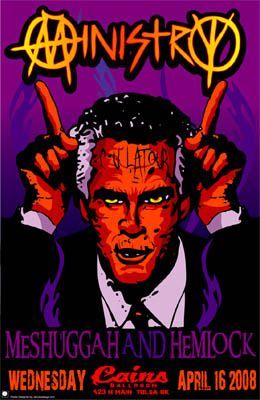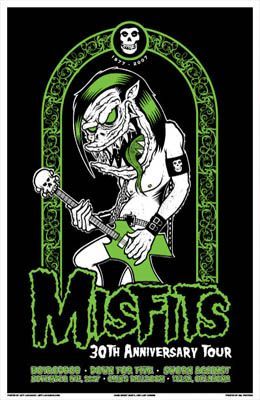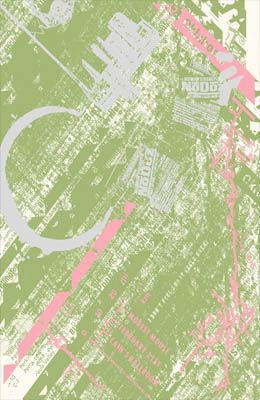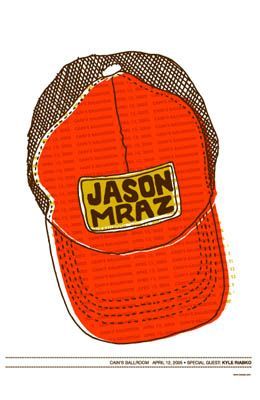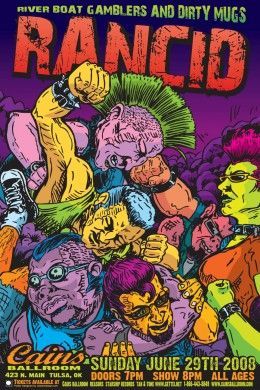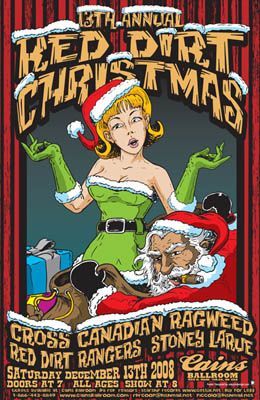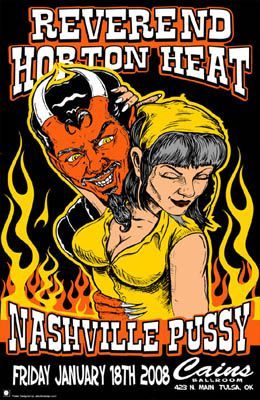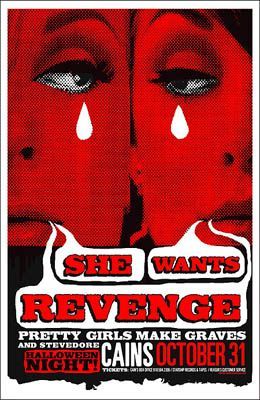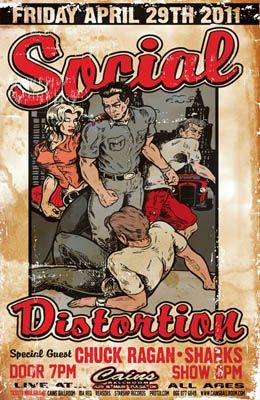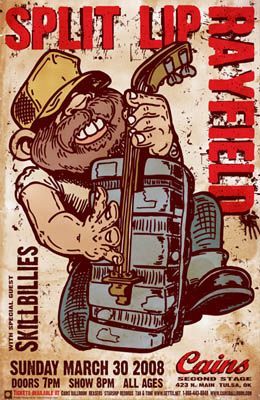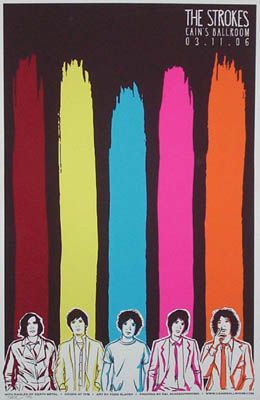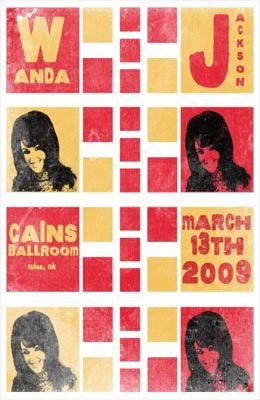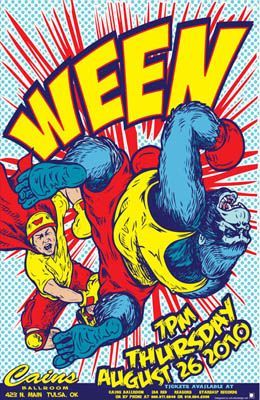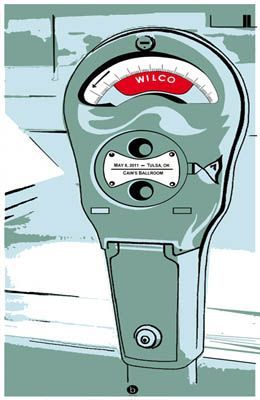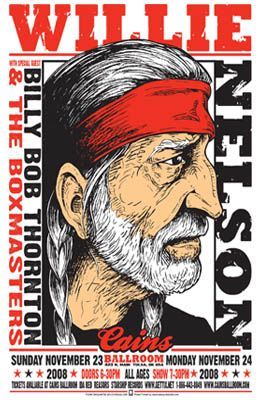Built in 1924 by Tulsa entrepreneur Tate Brady, The Cain’s Ballroom has gone from a garage, a dime-a-dance joint and a dancing academy until it became what is known by artists and patrons alike as one of the top performance venues in the world today.
The highlight of the ballroom is a historic maple, spring loaded dance floor designed in a “log cabin” or concentric square pattern. Lighting the dance floor is a four-foot neon star and a silver disco ball. The walls are decorated with oversized photographs of various musicians who played Cain’s, including Bob Wills, Johnnie Lee Wills, Ernest Tubb, Hank Williams, Tex Ritter, Kay Starr and Tennessee Ernie Ford. Between the portraits are black fiddle-shaped fixtures illuminated by a single red bulb.
Bob Wills was born into a family of fiddlers where he learned to play the fiddle and mandolin. As a young man, Wills performed at house dances, medicine shows and on the radio. On New Year’s Night 1935, he made his debut at Cain’s and the venue soon became known as “The Home of Bob Wills.”
As The Home of Bob Wills and The Texas Playboys from 1935 to 1942, the ballroom was especially significant for popularizing a new sound of western music called western swing, a form of country and western that combined jazz, hillbilly, boogie, blues, big band swing, rhumba, mariachi and jitterbug music. Weekly dances, a midnight radio show and a daily noon-hour program were played by Bob Wills during what are remembered as his “glory years.”
Bob Wills is remembered as “The King of Western Swing.” He was inducted into the Country Music Hall of Fame in 1978, into the Rock and Roll Hall of Fame in 1999 and received a Grammy Lifetime Achievement Award in 2007 for his significant contributions to American music from the 1930s through the 1960s. During his career, Wills wrote and recorded at least 470 songs, including “Take Me Back to Tulsa” and “San Antonio Rose,” and he influenced such artists as Willie Nelson, Merle Haggard and Asleep at the Wheel.
Cain’s is known throughout the music industry as not only “The Home of Bob Wills,” but also as the “Carnegie Hall of Western Swing.”


